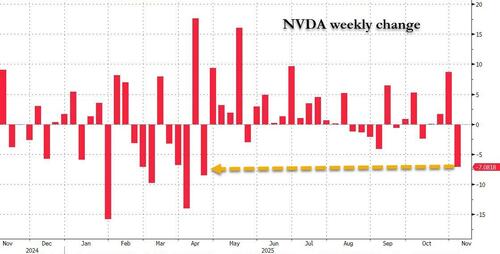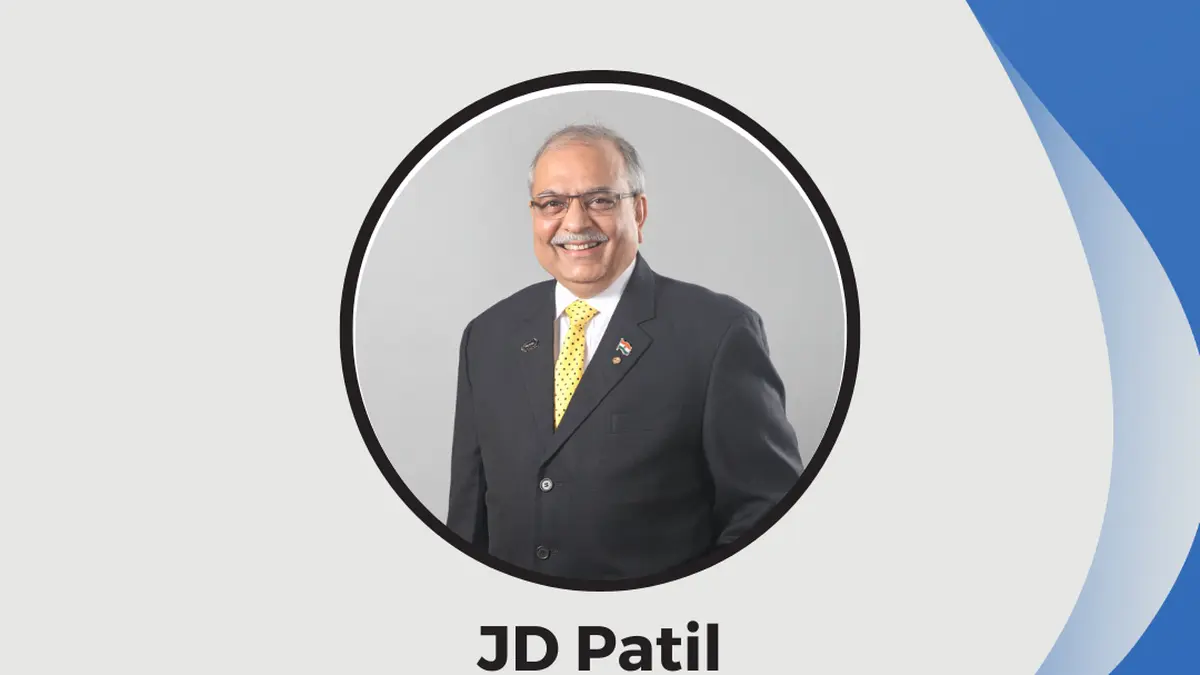It was reported in a Reader’s Digest nugget once that a child filling a form asked her mother to open her mouth. Peering over the kid’s shoulder, the parent found “pink” written confidently in the space for “Mother tongue”. That was before the United Nations resolved to mark 21 February, a date picked by idea-sponsor Bangladesh, as International Mother Language Day to celebrate and promote linguistic diversity. Today, such is the concept’s appeal that even India’s rightist government, run by a party seen as bent on Hindi uniformity across the land, has been going with the flow of it. Citing findings of primary education being best imparted in a child’s home language, home minister Amit Shah took the occasion to explain why our new policy laid emphasis on phonetically familiar schooling. He also urged Indians to “take a pledge to make maximum use of our mother tongue”. On the unqualified benefits of this, though, the evidence is unclear. Languages display big network effects, with a lingua franca offering top value. In globalized times, English has a distinct edge in its global reach. While diversity is important, we need lingual commonality beyond the colour of our tongue.
Download The Mint News App to get Daily Market Updates.
More
Less











.png)



